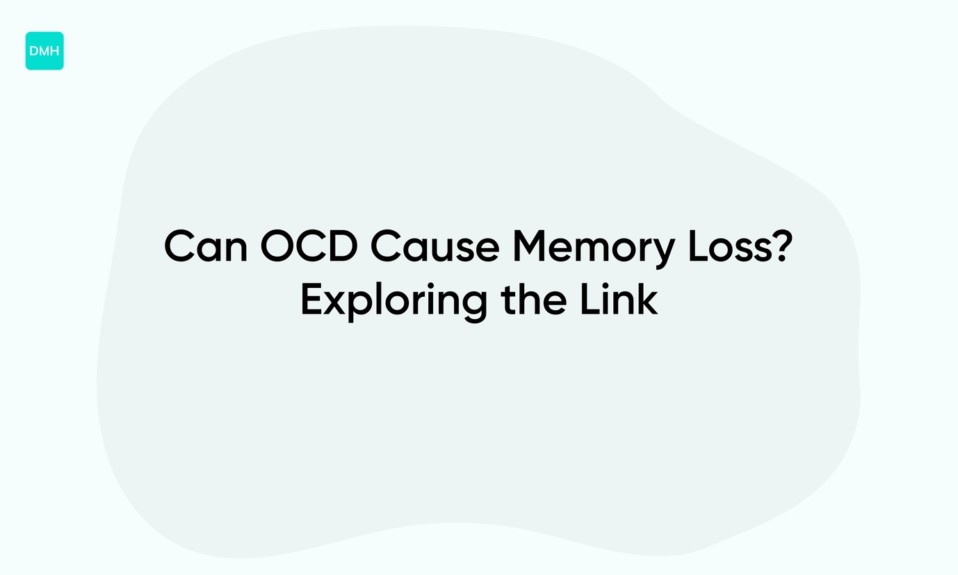Having good oral health is essential for keeping your teeth healthy and strong.
Without perfect teeth, chewing and eating would be much more difficult and ingesting food without chewing it can produce stomach problems and overweight, among other things.
One of the most common diseases caused by poor dental care is the appearance of cavities.
If you don’t take care of them in time, they can spread and spread over your teeth and become infected.
What is a cavity?
Cavities or Tooth decay is the destruction of enamel and then dentin.
Bacteria attacks the teeth, the consumption of sugars, and certain behaviors that are harmful to oral health.
Cavities always start by developing on the surface of the tooth. If they are not treated in time, they progress until they reach the dental pulp. Toothache, dental abscess and infection are some of the complications of untreated cavities. In extreme cases, it can lead to permanent tooth loss.
If left untreated, the decay process will progress irreparably. Only the intervention of a dentist can stop the spread of the disease in the tissues surrounding the tooth.
Cavities symptoms
In the early stages of tooth decay, patients usually do not feel any signs.
The decay is still superficial.
That’s why it’s important to visit your dentist at least once a year.
He or she will be able to detect this infectious disease and treat it in time to avoid more serious consequences.
If left untreated, patients with cavities may notice the following symptoms
- tooth sensitivity
- formation of small holes visible to the naked eye on the teeth
- White, brown or black spots on the surface of the teeth
- Localized or facial pain with no apparent cause
- Tooth pain when you bite into food or when you consume sweet, acidic, hot or cold foods or drinks
- Toothache, one of the most common reasons for a dental emergency in Lausanne
dental abscess (bacterial proliferation in the gums, ligaments and/or bones)
These signs should alert you and push you to make an appointment in a dental office without delay.
How are cavities diagnosed?
The different symptoms of the cavity should lead a patient to consult his dentist.
To detect this disease, the specialist only needs to do a clinical examination because the cavity is visible to the naked eye.
He can also ask the patient about the pain and sensitivity of the teeth. An X-ray can confirm the diagnosis.
Cavities causes
All people, regardless of age, are susceptible to developing cavities at some point in their lives. However, there are many factors that favor the appearance of this infectious disease in the oral cavity. Here are the main ones:
- Poor oral hygiene
- Ineffective or partial brushing of the teeth
- Wearing dental appliances
- Poor positioning of the teeth
- A lack of fluoride intake
- Unremoved plaque that turns into tartar
- Gastroesophageal reflux disease and heartburn
- High consumption of sugary products
- Snacking
- Eating disorders such as bulimia and anorexia
How to prevent cavities?
Prevention is essential to limit the risk of cavities forming in your mouth.
Good oral hygiene offers you the insurance to benefit from a tooth and, more globally, a mouth in full health.
First of all, it is recommended to brush your teeth at least twice a day using fluoride toothpaste. The toothbrush can be complemented with floss, a rinse or other accessories to thoroughly clean your mouth.
Visit your dentist regularly. We recommend at least one annual visit for healthy adults and two visits for children. This visit is an opportunity to have your teeth and gums cleaned and checked.
As for your diet, reduce your consumption of sweet products (sodas, candies, cakes, but also industrial products). At the same time, try to avoid snacking between meals. Indeed, each time you consume a food or a drink (other than water), you increase the risks of bacterial attacks.
How to heal a cavity?
A cavity is not cured, strictly speaking.
The dentist stops its evolution by an adapted treatment which he chooses according to the stage of progress of the disease.
Generally speaking, he will have to proceed with the curettage of the cavity, that is to say that he eliminates the tissues damaged by the infection, then he will fill the cavity created and reconstitute the tooth with a compatible material, namely :
- A dental amalgam: this is the “filling”, abusively called as it does not contain lead. It is very resistant, but is less aesthetic than composite. It is often reserved for molars, which are not very visible.
- A dental composite, or composite resin: this material has the advantage of taking on the natural color of the tooth and therefore, of being invisible.
- Inlay-onlay: this filling is made in a dental laboratory from an impression of the teeth; it can be made of metal, resin, ceramic, yellow or white gold. This technique is particularly recommended for large fillings for which amalgams and composites are not sufficient. The onlay is a prosthesis that is placed on the tooth, like a classic crown; the inlay is a dental prosthesis that aims to reconstruct an internal part of a tooth. The installation generally requires 2 or 3 sessions.
If the tooth decay has reached an advanced stage, the dentist will have to resort to other treatments:
- Root canal treatment: This root canal treatment is necessary when the decay has reached the pulp of the tooth. The canals will be sealed to prevent further bacterial infections.
- Extraction of the tooth if the decay can no longer be treated
How to relieve a cavity before going to the dentist?
To relieve the pain of cavities, it is advisable to adopt good dental hygiene.
Brush your teeth thoroughly after every meal, using fluoride toothpaste and, if possible, an electric toothbrush.
Complete the cleaning with a mouthwash, floss or even dental jets.
Also, watch what you eat and drink; in general, avoid sugar and acidic foods until your tooth decay has healed.
Avoid alcohol and tobacco.
Taking painkillers in moderation will also relieve you while waiting for your appointment.










